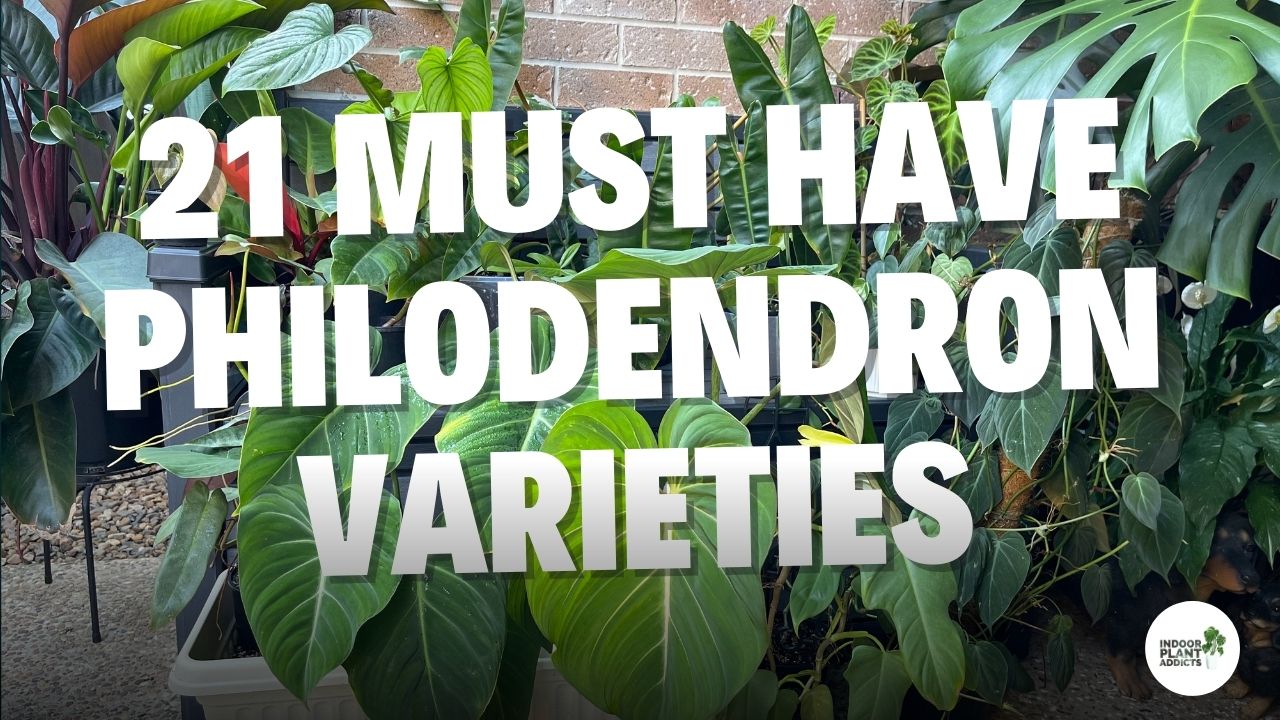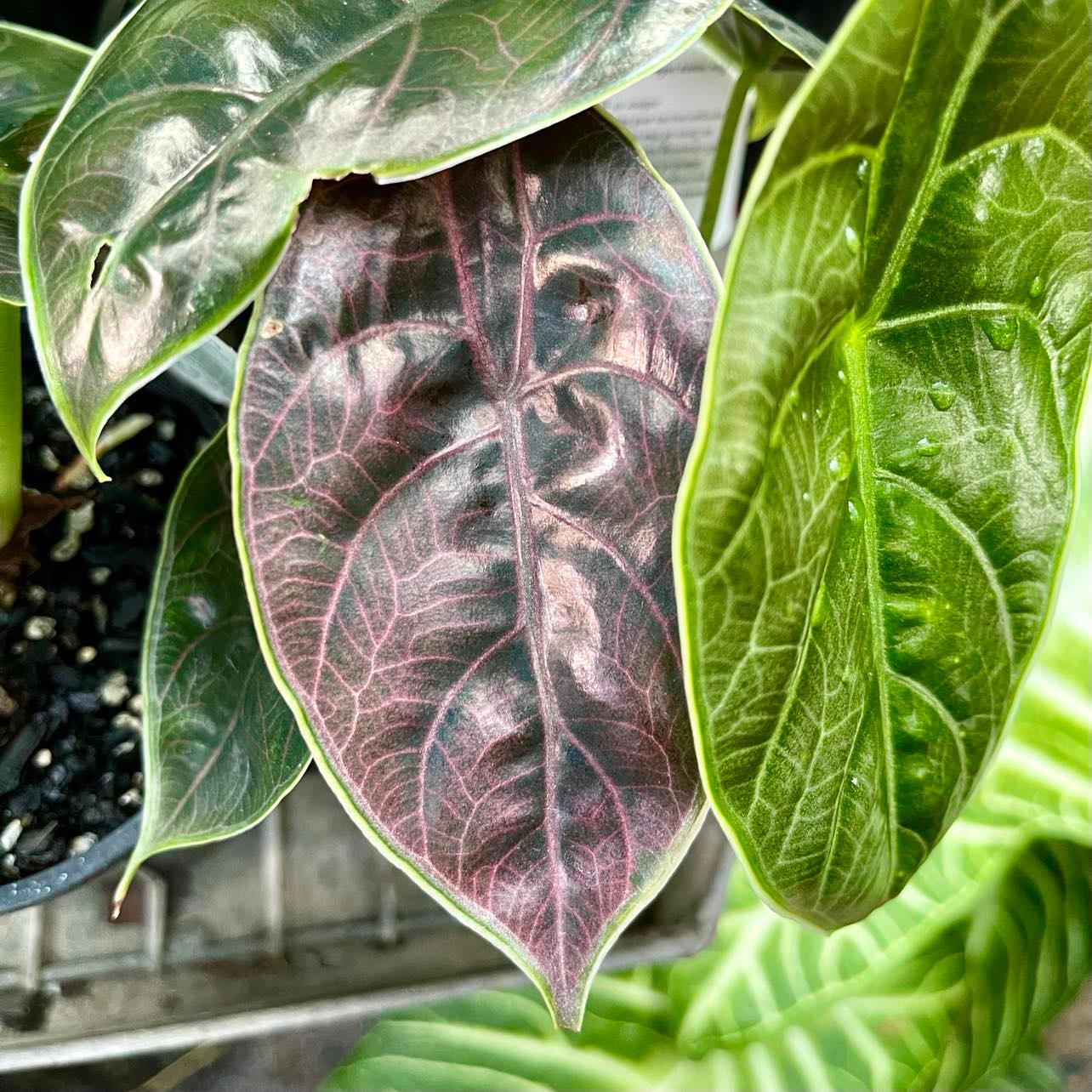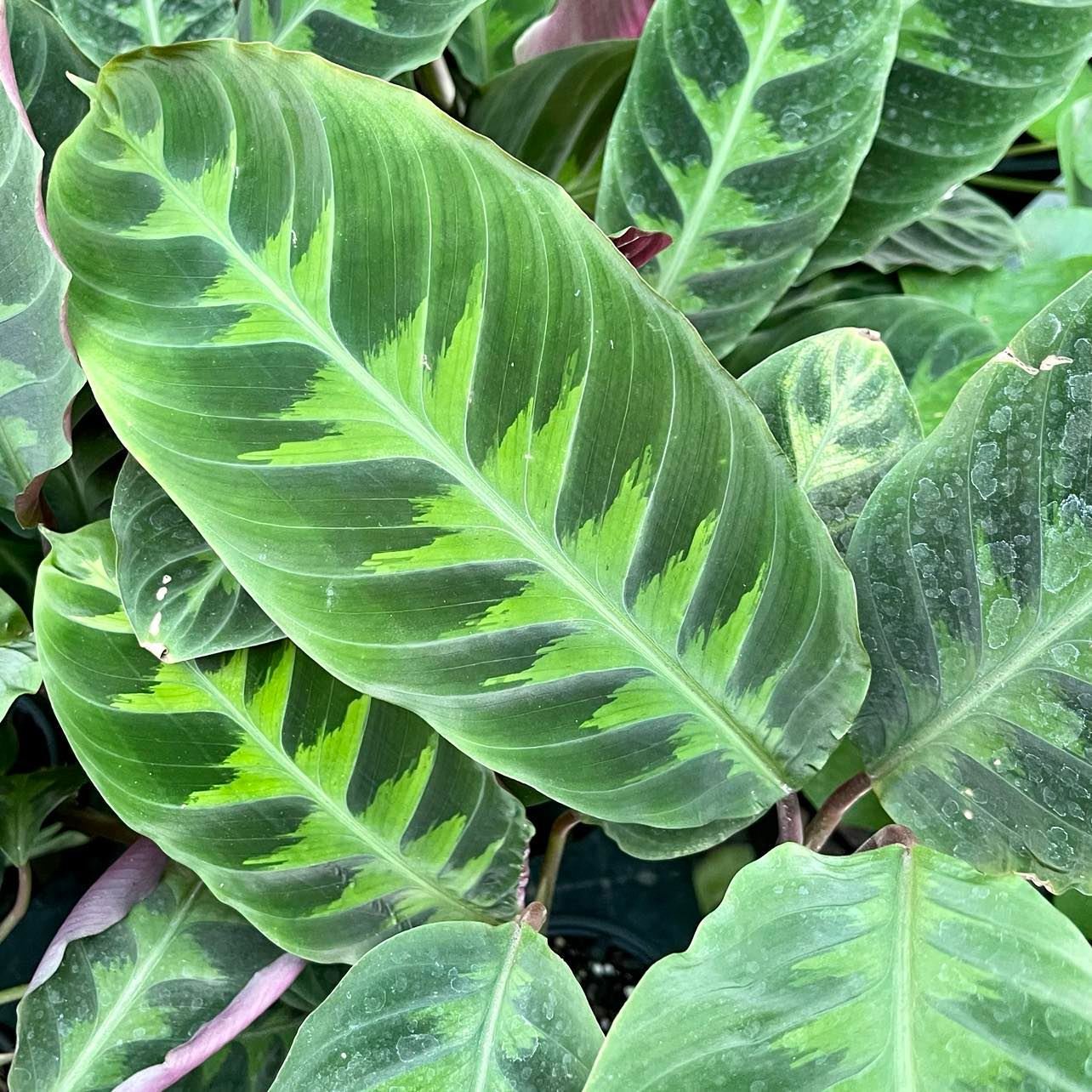Spathiphyllum a.k.a Peace Lily
Peace Lilies are a popular and easy, low maintenance house plant. They have green foliage and beautiful white flowers. Peace Lily plants are part of the Araceae family and native to rainforests of Colombia and Venezuela. These plants love a warm and humid environment and are happy in medium to bright indirect light. In this guide we will outline everything you need to know for peace lily care.

Peace Lily Quick Overview
| Full Size | 1-4 feet tall |
| Light | Moderate to bright indirect light |
| Temperature | 68 to 85˚F (20-29˚C) |
| Humidity | Above 50% |
| Cost | $ |
| Care Level | Easy |
| Toxicity | Toxic |
Size
The mature size of a Peace Lily is between 1-4 feet tall and wide. Some varieties can reach up to 6 feet tall. When grown indoors, you can expect your Peace Lily to grow up to 16 inches tall. The leaves can reach up to 10 inches in length. These plants are moderately fast growing and need to be repotted at least once a year.
Light Requirements
Peace Lily plants will grow best when in moderate to bright indirect light. However, this plant can tolerate lower light conditions. A sign that your Peace Lily is receiving too much sunlight is yellowing and browning leaves. Yellowing leaves can also be a sign of not enough sunlight. This can be resolved by moving your plant to a spot where it better suits the plants light requirements.
If your plant is housed in a spot where it receives direct sunlight, adding a blind or curtain to your window will help to defuse the harsh sunlight to avoid burning the plants foliage. Alternatively, if you can’t seem to find that perfect spot in your home, you can always use grow lights. Just like direct sunlight, if your plant is sitting too close to the grow lights, they will burn the foliage. Keeping a safe distance of at least 60cm between your plant and the light will avoid any trouble.
Temperature
The ideal temperature for growing Peace Lily plants is between 68-85˚F (20-29˚C). They can tolerate cooler temperatures at night but try and avoid temperatures dropping below 45ºF (7ºC) as this can cause plant damage. Peace Lilies don’t tolerate cold temperatures so it’s best to move your plant to a warmer spot during the cooler months.
Humidity
Peace Lily plants will thrive when kept in a humidity level above 50%. Bathrooms and kitchens are a great spot for housing these plants as the humidity level is naturally higher in these areas. If your plant is housed in a spot where the humidity level is quite low, you may notice brown leaf tips and edges.
Providing a high humidity for your plants will encourage bigger and healthier growth. There are a few thing you can do that can help bump up the humidity in your home. The things you can try are:
- Misting your plants
- Pebble trays
- Grouping plants together
- Humidifier
Watering Requirements
You can expect your Peace Lily to require water at least once a week at least. How often you need to water will change throughout the seasons when the amount of light and temperatures are changing. This plant likes to be kept in a slightly moist soil.
Before watering, check the top 1-2 inches of soil with your finger to feel if the soil is still moist. If the soil is dry, you should give your plant a drink. A sign that your Peace Lily is thirsty is wilting leaves.
When it comes to watering your plants, you need to be cautious of over-watering. Excess water to the soil can cause it to become waterlogged. This can cause the roots to rot and rotting roots are no longer able to provide water or nutrients to the plant.
This can cause fungus issues, pest problems and root-rot. A sign that you may have over-watered your Peace Lily is wilting and yellowing and/or browning leaves.
Fertilizing requirements
You should fertilise your Peace Lily every 6-8 weeks during Spring and Summer. You can cut back during the cooler months. Fertilising your plants gives them the essential nutrients they need for promoting and maintaining new and healthy growth.
Applying fertiliser when the plant isn’t actively using up the nutrients in the soil can cause salt build up and root burn. The best fertiliser to use for Peace Lily plants would be a balanced all purpose fertiliser diluted to half strength. You could also use a slow release fertiliser following the instructions on the container.
Another thing you need to be cautious of is over-fertilising. Over-fertilising your Peace Lily can burn the roots and foliage. You will notice white salt build up on the top of the soil and around the pot if you have over-fertilised your plant.
If you think you’ve over-fertilised your plant you can either change the soil or rinse the fertiliser out. The water colour will change once the fertiliser has been rinsed out.
For more information make sure to read our guide to fertilizing indoor plants.
Soil Requirements
Peace Lily plants like to be in a rich, well draining soil. To achieve a well draining soil, you can mix orchid bark, perlite, peat moss and potting soil together to help create drainage and aeration. Air flow is important in potting soil as it allows the plants roots to breath. Not having enough oxygen to the roots can cause them to eventually start rotting.
You can add other organic materials like coco coir, mulch chunks and coconut husk to the soil to help restrain moisture. Peace Lilies like to be kept in a moist soil so it’s important to use ingredients that will help keep moisture in the soil without making it soggy. Adding garden compost to the soil will add more richness which this plant will love.
Diseases & Pests
The common pests that you can encounter whilst caring for your Peace Lily are spider mites, aphids fungus gnats and mealy bugs. The most common diseases you may encounter are root-rot and leaf blight. For more information on identifying and treating common house plant pests make sure to see our guide to common house plant pests.
The best thing you can do when it comes to pests on houseplants is to try and avoid any pest infestations from starting. There are a few things you can do that will assist in preventing any pest infestations and these things are:
- Checking new plants for pests or isolating new plants for up to a week.
- Check your plants every few days for pests.
- Trim off any dead or dying leaves.
- Wipe down leaves if you notice them getting dusty.
- Keeping your plants healthy. A healthy plant will be able to handle an infestation better than those that aren’t as happy.
- Isolate any plants that have pests.
Following this will assist in keeping pests away as well as catch them early on before any severe infestations are able to start. Keeping plants healthy and in the correct living environments can help to deter any pests from invading your plants.
Toxicity
Peace Lily plants contain Calcium Oxalate Crystals which is toxic to both humans and pets if ingested. If any part of the plant is ingested, symptoms may include swelling of the oesophagus, GI tract and mouth. If ingested by pets, the symptoms may include vomiting, lack of appetite, drooling and pawing at the mouth. Plant should be kept out of reach of small children and pets.




